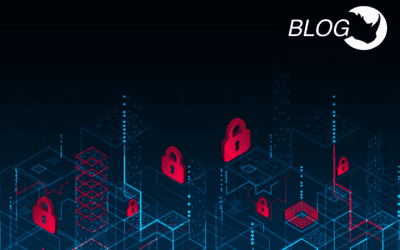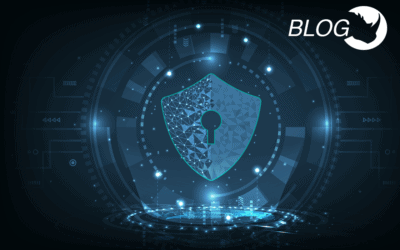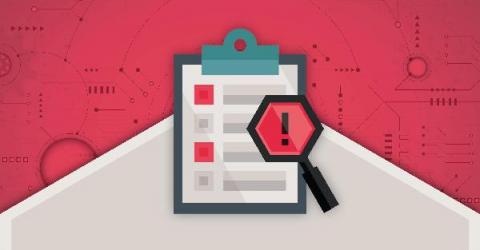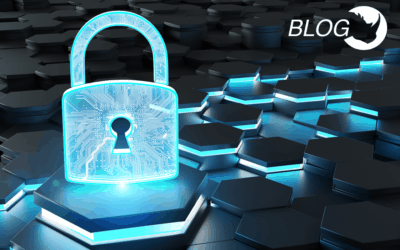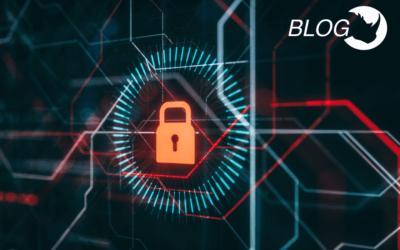Curate and Share Threat Intelligence to Accelerate Security Operations
Over the last several months we’ve seen a tremendous uptick in cyberattacks. Nearly every day, news of another ransomware, supply chain or zero-day attack makes headline news. So, what can organizations do to mitigate risk? One major step forward to improve security operations is to effectively share curated threat intelligence.



